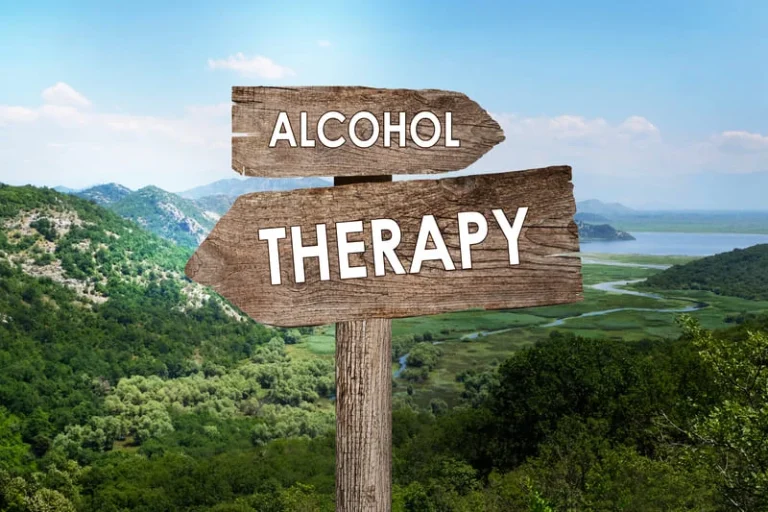
This concept of tolerance—generally thought of as how much alcohol a specific person can use before feeling the effects or before becoming highly intoxicated—really refers the differences in how bodies process alcohol. Multiple dosing strategies have been utilized in the management of AWS. If you have a drinking problem, it is best to stop drinking alcohol completely. Total and lifelong avoidance of alcohol (abstinence) is the safest approach. Go to the emergency room or call 911 or the local emergency number if seizures, fever, severe confusion, hallucinations, or irregular heartbeats occur. Use of this website and any information contained herein is governed by the Healthgrades User Agreement.
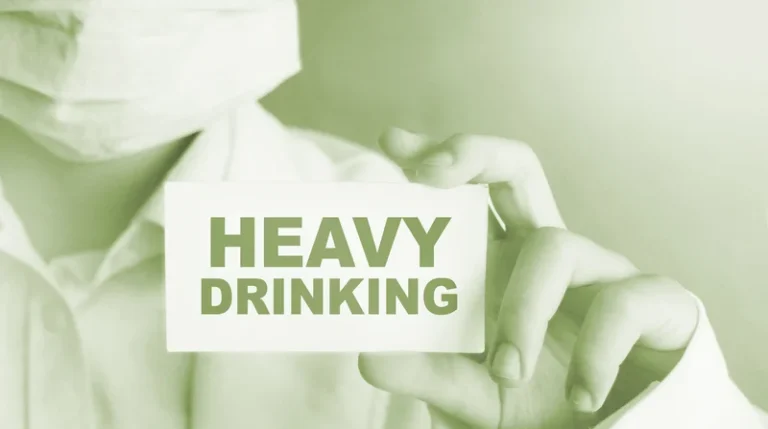
Alcohol withdrawal
- Alcohol withdrawal may range from a mild and uncomfortable disorder to a serious, life-threatening condition.
- Withdrawal progress is monitored through frequent check-up appointments within outpatient clinical settings (e.g., doctor’s office), allowing for the level of care to be escalated if needed.
- By Sarah Bence, OTR/LBence is an occupational therapist with a range of work experience in mental healthcare settings.
- The following list of medications are related to or used in the treatment of this condition.
- Despite this current understanding of the mechanisms underlying AW syndrome, some controversies still exist regarding the risk, complications, and clinical management of withdrawal.
- Alcohol withdrawal causes a range of symptoms when a person with alcohol use disorder stops or significantly decreases their alcohol intake.
- In the United States, most states have low-cost or free rehabilitation programs for those who are uninsured.
Alcohol use disorder or drinking heavily over an extended period can change a person’s brain chemistry due to the continued exposure to the chemicals in alcohol. It’s important first to get evaluated by a medical professional and to reach out to a support system if you’re able. This could be family members, friends, members of your community, or people in sobriety support groups. If your symptoms become more severe, it’s essential to reach out to your treatment team and seek professional help right away. If your symptoms are mild (or perhaps even moderate), your doctor may suggest that you reach out to a friend or family member to help you monitor your symptoms at home. When you stop drinking, after doing so heavily for a long time, the depressant on your central nervous system stops, causing your nervous system to become overexcited.
Delirium tremens and seizures
It does this by reducing the excitatory portion of the CNS called the glutamate receptors while increasing the inhibitory portion called the gamma-aminobutyric acid receptors. In extreme cases, the brain can have problems regulating breathing and circulation. We’ll be able to tell you if your insurance provider is in network with an American Addiction Centers treatment facility.
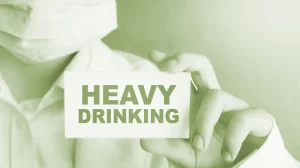
Treatment options for alcohol withdrawal
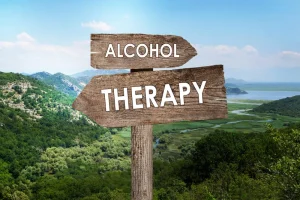
Thus, excitatory neurotransmitters (e.g., glutamate) stimulate the signal-receiving neuron, whereas inhibitory neurotransmitters (e.g., gamma-aminobutyric acid GABA) inhibit the neuron. Under normal conditions, a tight balance is maintained between excitatory and inhibitory influences. Seeking help for addiction may seem daunting and possibly even scary, but there are several organizations that can provide you with support. Heavy drinking is eight drinks or more per week for females and 15 drinks or more for males. We’ve tried, tested, and written unbiased reviews of the best online therapy programs including Talkspace, Betterhelp, and Regain.
How is alcohol withdrawal treated?
Recognition and treatment of withdrawal can represent a first step in the patient’s recovery process. Many patients who experience mild withdrawal symptoms do not seek treatment at all. Nevertheless, even those patients may benefit from treatment in the long term, because repeated alcohol withdrawal withdrawal episodes may enhance the brain’s susceptibility to the hyperexcitability that occurs during AW. The results of these clinical studies are confounded by differences among the subjects in the severity of dependence, duration of dependence, and quantity of alcohol consumed.
Introduction to Alcohol Withdrawal
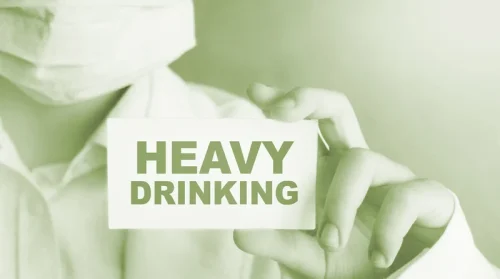
Alcohol withdrawal is common, but delirium tremens only occurs in 5% of people who have alcohol withdrawal. Delirium tremens is dangerous, killing as many as 1 out of every 20 people who develop its symptoms. Alcohol withdrawal is easy to diagnose if you have typical symptoms that occur after you stop heavy, habitual drinking. If you have a past experience of withdrawal symptoms, you are likely to have them return if you start and stop heavy drinking again. There are no specific tests that can be used to diagnose alcohol withdrawal.
This includes beer, wine, and liquor, as well as products that contain alcohol such as rubbing alcohol and vanilla extract. It slows down brain function and changes the way your nerves send messages back and forth. If you don’t already have a supportive network, you can make new connections by joining social media communities dedicated to alcohol-free living.